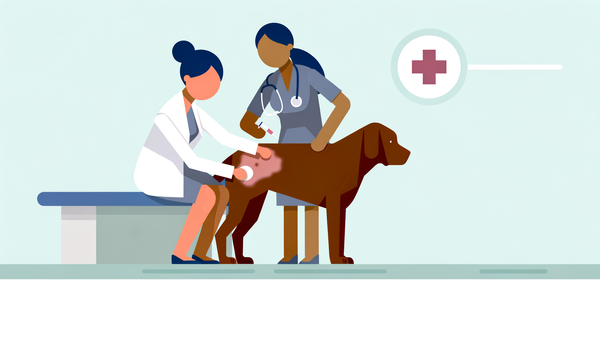How to Diagnose Skin Lesions in Pets: A Comprehensive Guide

When it comes to diagnosing skin lesions in pets, a meticulous approach is crucial. Pets, like humans, can experience a variety of skin issues that may look similar but have different underlying causes. This blog post will guide you through the essential steps in diagnosing skin disorders in pets and will provide insights into necessary diagnostic tests and procedures.
Understanding Skin Lesions in Pets
Skin lesions in pets can manifest in numerous forms, including bumps, rashes, discolorations, and ulcers, making diagnosis challenging. Veterinarians often rely on owners to provide a detailed history and description of the skin problem, as animals cannot communicate these symptoms themselves.
Steps to Diagnosing Skin Disorders in Pets
- Detailed History: Gathering a comprehensive history is the first step. Owners should provide information about the pet's health, previous illnesses, environment, and any changes in behavior or symptoms.
- Physical Examination: A thorough examination of the pet’s skin and coat under good lighting is essential. Special attention should be paid to the type, location, and distribution of lesions.
- Diagnostic Tests:
- Skin Scrapings: These are critical in identifying the presence of mites or other pathogens causing skin problems.
- Cytology: Useful for detecting bacterial, fungal, or neoplastic diseases through microscopic examination of skin samples.
- Biopsy: Recommended for persistent or unusual cases, providing more in-depth information about the skin condition.
- Blood and Urine Tests: These can reveal systemic issues that might have dermatologic manifestations, such as endocrine disorders.
- Intradermal and In Vitro Tests: Used to diagnose allergic conditions and identify specific allergens affecting your pet.
Common Diagnostic Procedures for Dogs
- Combing of the Hair Coat: Also known as "flea combing," this method helps to identify external parasites like fleas and ticks.
- Hair Trichogram: Examines hair for signs of disease, like fungal infections or presence of mites.
- Fungal and Bacterial Cultures: Diagnosing infections requires taking cultures from lesions, which help in identifying specific pathogens.
Importance of Veterinary Expertise
While initial assessments and observations by pet owners are invaluable, definitive diagnosis and treatment planning require veterinary expertise. Veterinarians can conduct specific tests and interpret results, providing the best care plan for your pet.
For more detailed information on skin disorders in animals, you can refer to MSD Veterinary Manual and Diagnosis of Skin Disorders in Dogs.
Understanding and promptly addressing skin conditions in pets leads to healthier and happier lives for our furry companions.



